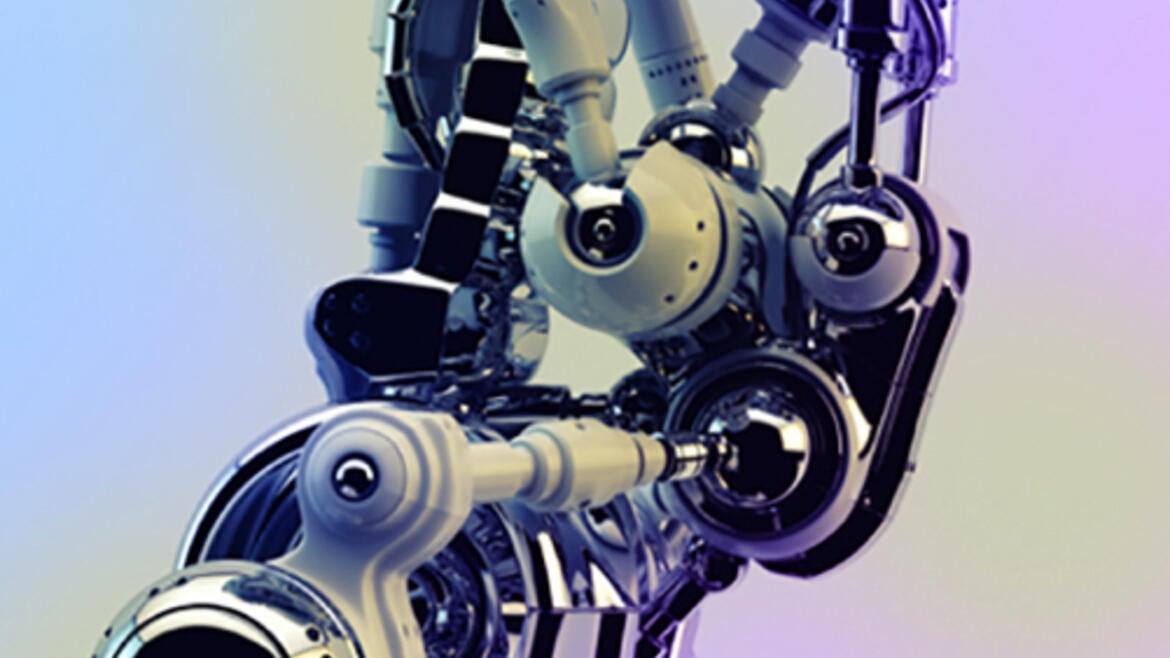MS Defense: AmirHessam Aminfar

Computer Vision in Fluid Mechanics
Master of Science, Graduate Program in Mechanical Engineering
University of California, Riverside, June 2015
Dr. Marko Princevac, Chairperson
Flow visualization is one of the main methods of understanding flow behavior in experimental fluid mechanics. Most of the visualization methods provide good qualitative information about the flow behavior. With the developments in computer sciences especially in the fields of artificial intelligence and computer vision, image processing has been used as an important tool in experimental fluid mechanics to quantify the qualitative data obtained by flow visualization. This thesis first summarizes various flow visualization methods. One of the most common use of computer vision is in Particle Image Velocimetry (PIV). PIV uses block matching algorithm to detect motion of the fluid between two frames by calculating the displacement of small particle groups. PIV has many downsides and is not applicable in numerous fluid mechanic studies such as two phase flow. Because of the downsides of PIV it is often better to use other visualization technics and more advanced image processing algorithms. Therefore, instead of block matching algorithms we investigate more advanced algorithms such as optical flow measurements that can provide flow properties for variety of applications. Next, we modify the existing algorithms and apply them to study bubble behavior in a turbulent flow. Using the optical flow and edge detection algorithms, perimeter velocity of the bubble, and geometric properties of the bubble were obtained in various frames. It was found that the turbulent intensity of the bubble’s perimeter velocity is converging to a common value when the bubble breaks and reaches its smallest possible size. Based on this finding we use bubble movement to evaluate turbulent flow properties in two phase flow. Future work may include integration of all involved techniques for further optimizations of parameters involved.